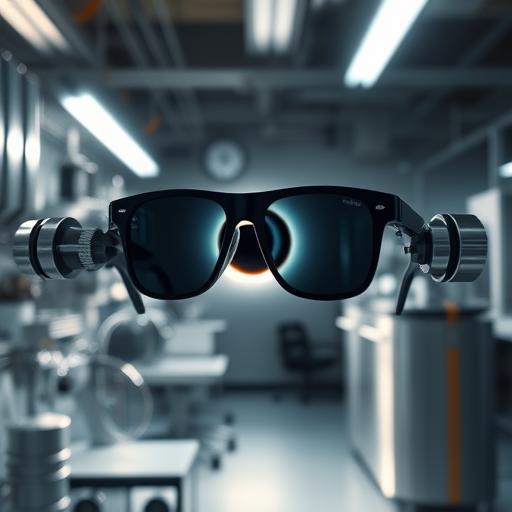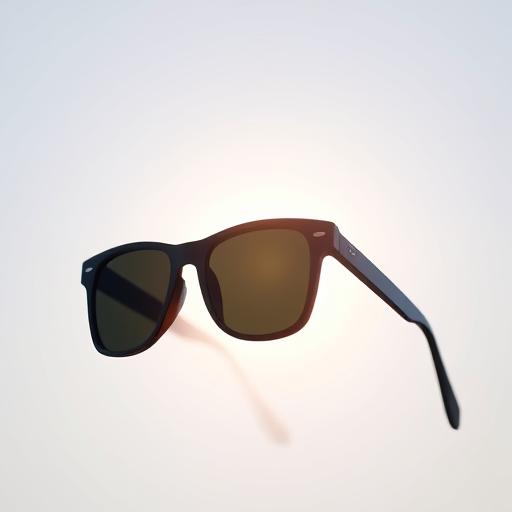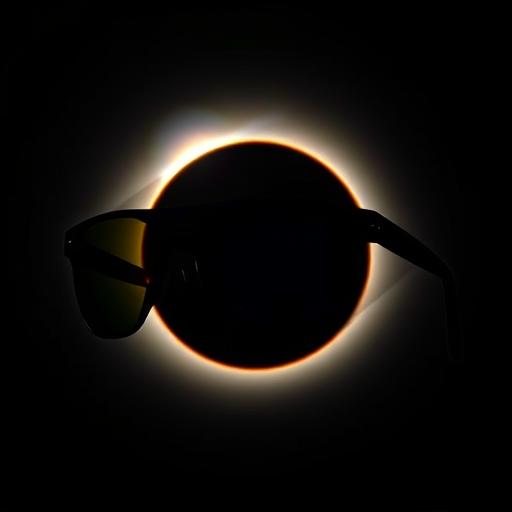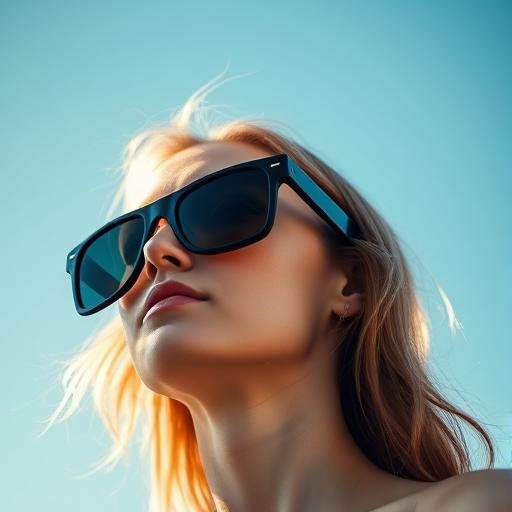Can You Use Polarized Sunglasses to Look at the Eclipse

Solar eclipses are among the most awe-inspiring events in nature, captivating audiences worldwide with their celestial dance of light and shadow. While the experience of witnessing a total solar eclipse is unforgettable, it comes with a crucial caveat: looking directly at the sun without proper protection can cause irreversible eye damage. A common question that arises is whether polarized sunglasses, often worn to reduce glare, are safe for viewing an eclipse. This guide will explore the science behind polarized lenses, the risks of unprotected solar viewing, and the safest ways to enjoy this natural phenomenon without harming your vision.
What Are Polarized Sunglasses?
Polarized sunglasses are designed to minimize glare from reflective surfaces such as water, roads, and glass. They achieve this by using a special filter that blocks horizontally polarized light waves, which are responsible for harsh glare. These lenses are particularly popular among drivers, fishermen, and outdoor enthusiasts for enhancing visual clarity and comfort. However, their primary function is to reduce visible glare, not to shield the eyes from intense solar radiation.
The Dangers of Looking at a Solar Eclipse
Staring at the sun during an eclipse, even for a few seconds, can lead to serious eye injuries. The sun emits harmful ultraviolet (UV) and infrared (IR) radiation, along with intense visible light. Prolonged exposure during an eclipse can cause solar retinopathy, a condition where the retina is burned due to concentrated solar energy. The risk is heightened because the darkened sky during an eclipse may give a false sense of safety, tempting observers to look directly without protection.
Are Polarized Sunglasses Safe for Viewing an Eclipse?
Despite their ability to reduce glare, polarized sunglasses are not safe for eclipse viewing. These lenses primarily block visible light and do not have the necessary filters to protect against UV and IR radiation. For example, during a partial eclipse, the sun’s rays remain potent enough to cause retinal damage if viewed through lenses that only reduce brightness slightly. Experts from NASA and the American Astronomical Society confirm that polarized sunglasses—even those labeled as “sunglasses”—lack the optical density required for safe solar observation.
Proper Eye Protection for Viewing an Eclipse
To observe a solar eclipse safely, use equipment specifically designed for this purpose. The most recommended option is ISO 12312-2 certified solar eclipse glasses, which block 99.999% of sunlight. For telescopic or binocular viewing, a solar filter that meets international safety standards is essential. Indirect methods, such as pinhole projectors or watching a live stream, also offer safe alternatives. Always verify that your protective gear has the correct certification and is free from scratches, holes, or damage before using it.
Common Myths About Eclipse Viewing
Several misconceptions can put viewers at risk. One is the belief that polarized sunglasses or regular sunglasses provide adequate protection. In reality, these lenses are not tested or rated for solar observation. Another myth is that it’s safe to look at the sun during totality without any gear. While brief direct viewing is possible during the total phase, the transition periods before and after totality still require protective equipment.
Conclusion
In summary, polarized sunglasses are not suitable for looking at a solar eclipse due to their inability to block harmful radiation. Using improper protection can lead to permanent eye damage, making it vital to rely on certified solar eclipse glasses or indirect methods. By prioritizing safety, you can fully appreciate the eclipse’s beauty without risk. As you prepare to witness this event, double-check your protective tools and follow expert guidelines to ensure a memorable and secure experience.
FAQs
Can I use polarized sunglasses with solar eclipse glasses for extra protection?
Layering polarized sunglasses over eclipse glasses is unnecessary and can actually reduce contrast and clarity. Eclipse glasses already provide the required protection, so using additional lenses may hinder your view.

What happens if I look at the eclipse without protection?
Permanent retinal damage can occur, leading to symptoms like blurred vision, distorted images, or even permanent blind spots. The injury is painless at first but becomes apparent hours or days later.

Are there any safe alternatives to solar eclipse glasses?
Yes, indirect methods like pinhole projectors, shadow viewing, or watching through a welding shade #14 glass are safe. Live broadcasts from trusted organizations are another excellent option.
How can I tell if my eclipse glasses are safe to use?
Check for ISO 12312-2 certification printed on the packaging. Inspect the lenses for defects like cracks, holes, or peeling edges, and replace them if compromised.

Is it safe to look at the sun during a total solar eclipse?
Yes, but only during the brief moment of totality when the sun is entirely obscured by the moon. Remove protection immediately when the sun begins to reappear and use certified glasses again.
